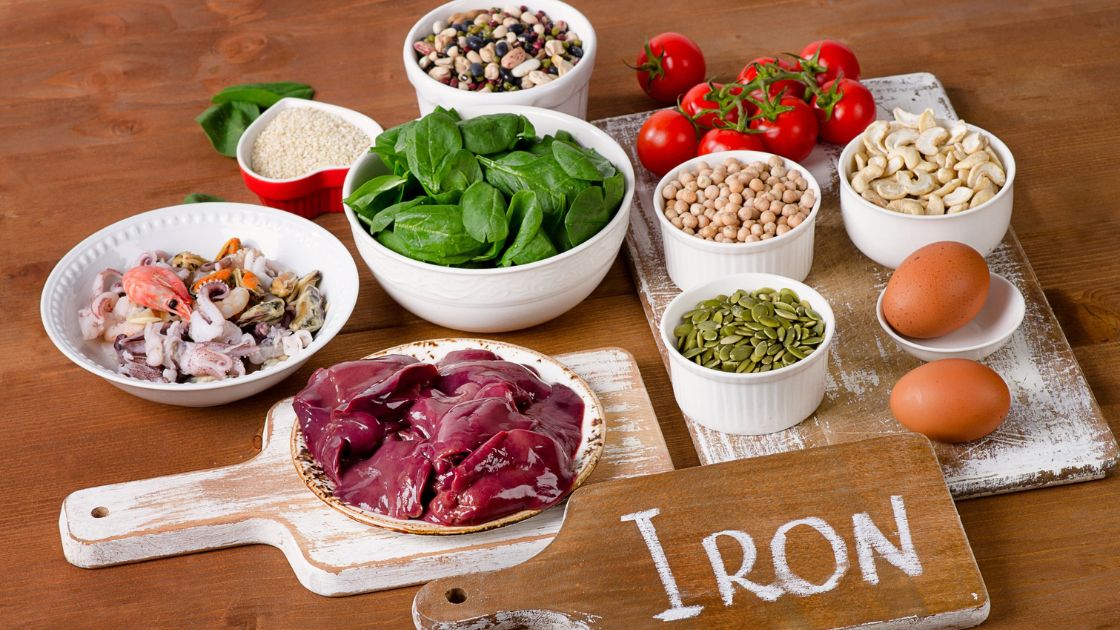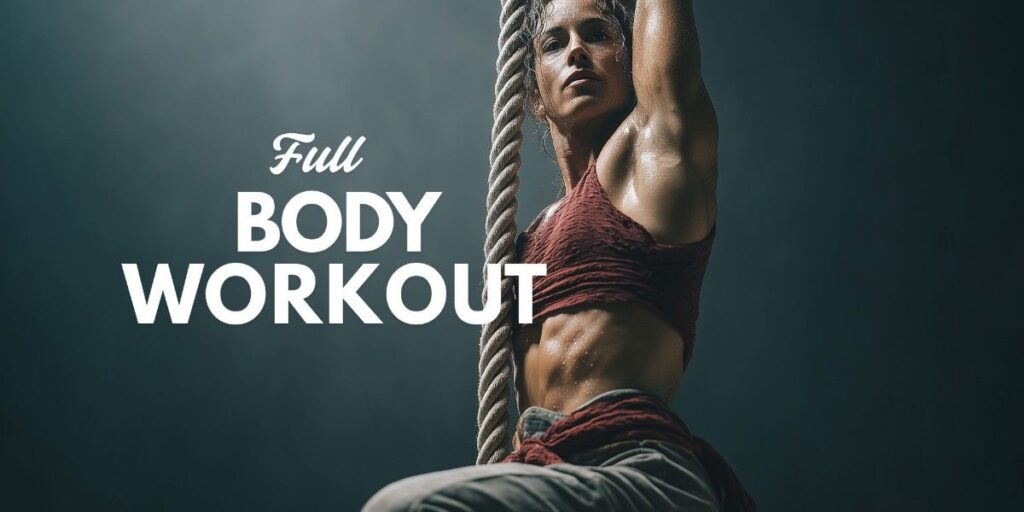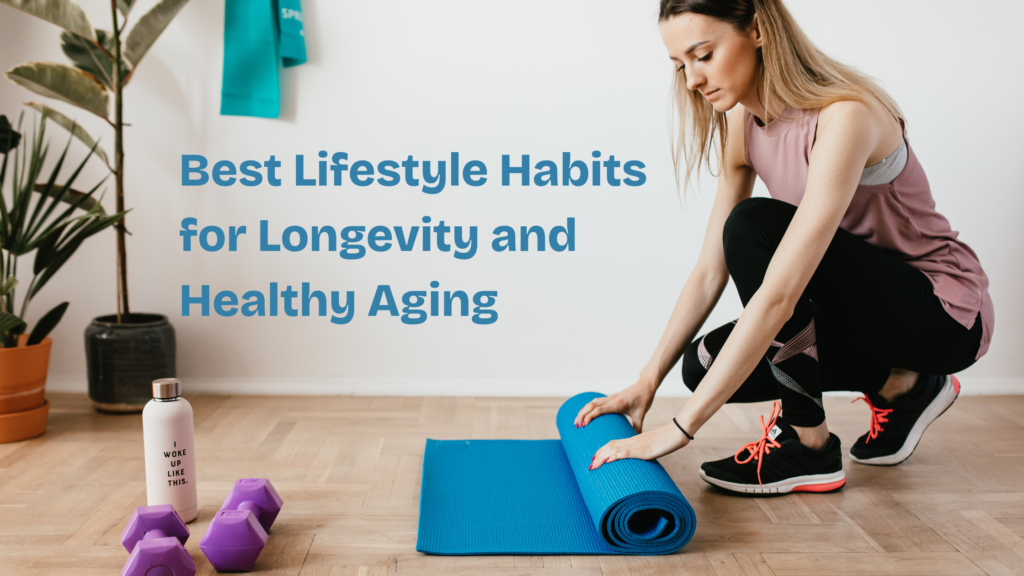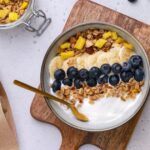10 Superfoods for Iron Deficiency

Iron deficiency is a common nutritional concern that can lead to anemia, fatigue, weakened immunity, and other health issues. A balanced diet rich in iron can help combat these symptoms and improve overall well-being. While there are various sources of iron, certain foods are particularly rich in this essential mineral. In this blog, we will explore ten superfoods that can help you boost your iron levels naturally.
1. Spinach
Nutritional Profile
Spinach is a powerhouse of nutrients, including iron, vitamin C, vitamin A, and folate. It contains both heme and non-heme iron, making it an excellent option for vegetarians and non-vegetarians alike.
Benefits
- High Iron Content: A 100-gram serving of spinach contains approximately 2.7 mg of iron, which is about 15% of the daily recommended intake for adults.
- Vitamin C: Spinach also provides vitamin C, which enhances iron absorption in the body.
- Versatile: It can be eaten raw in salads, cooked in soups, or blended into smoothies.
Tips for Consumption
- Pair spinach with vitamin C-rich foods like oranges, bell peppers, or tomatoes to maximize iron absorption.
- Avoid consuming spinach with calcium-rich foods like dairy products, as calcium can inhibit iron absorption.
2. Lentils
Nutritional Profile
Lentils are a rich source of non-heme iron, protein, fiber, and essential minerals like potassium and magnesium. They are particularly beneficial for vegetarians and vegans.
Benefits
- Iron Content: One cup of cooked lentils contains about 6.6 mg of iron, which is 37% of the daily recommended intake.
- Protein: They provide a good amount of plant-based protein, making them a great meat substitute.
- Fiber: High in dietary fiber, lentils promote digestive health and help maintain stable blood sugar levels.
Tips for Consumption
- Combine lentils with grains like rice or quinoa for a complete protein meal.
- Soak lentils before cooking to reduce cooking time and enhance nutrient absorption.
3. Red Meat
Nutritional Profile
Red meat, such as beef, lamb, and pork, is an excellent source of heme iron, which is more easily absorbed by the body compared to non-heme iron. It also contains essential vitamins and minerals, including vitamin B12 and zinc.
Benefits
- Iron Content: A 100-gram serving of beef provides about 2.7 mg of iron, making it a potent source of this mineral.
- Heme Iron: The heme iron in red meat is absorbed more efficiently than non-heme iron, making it a valuable addition to the diet for those with iron deficiency.
- Complete Protein: Red meat contains all essential amino acids, making it a complete protein source.
Tips for Consumption
- Opt for lean cuts of meat to reduce saturated fat intake.
- Cook meat thoroughly to reduce the risk of foodborne illnesses.
4. Quinoa
Nutritional Profile
Quinoa is a versatile grain-like seed rich in iron, protein, and essential amino acids. It is gluten-free, making it an excellent choice for those with gluten intolerance.
Benefits
- Iron Content: One cup of cooked quinoa contains about 2.8 mg of iron, approximately 15% of the daily recommended intake.
- Complete Protein: Quinoa is one of the few plant-based sources that provide all nine essential amino acids.
- Nutrient-Dense: It is also rich in magnesium, phosphorus, and manganese.
Tips for Consumption
- Rinse quinoa thoroughly before cooking to remove the bitter outer coating called saponin.
- Use quinoa as a base for salads, soups, or as a side dish.
5. Pumpkin Seeds
Nutritional Profile
Pumpkin seeds are a nutrient-dense snack packed with iron, magnesium, zinc, and healthy fats. They are also a good source of plant-based protein.
Benefits
- Iron Content: A 28-gram serving of pumpkin seeds provides about 2.5 mg of iron.
- Antioxidants: Pumpkin seeds contain antioxidants like vitamin E, which help protect cells from oxidative stress.
- Versatility: They can be eaten raw, roasted, or added to various dishes for a nutritional boost.
Tips for Consumption
- Sprinkle pumpkin seeds on salads, yogurt, or oatmeal for added crunch and nutrition.
- Store them in an airtight container to maintain freshness.
6. Tofu
Nutritional Profile
Tofu is a versatile soy-based protein source rich in iron, calcium, and other essential nutrients. It is a staple in vegetarian and vegan diets.
Benefits
- Iron Content: A 100-gram serving of tofu contains about 5.4 mg of iron, making it a significant source for vegetarians.
- Plant-Based Protein: Tofu provides a high-quality protein, including all essential amino acids.
- Calcium: It is often fortified with calcium, making it beneficial for bone health.
Tips for Consumption
- Marinate tofu before cooking to enhance its flavor.
- Use tofu in stir-fries, soups, or as a meat substitute in various dishes.
7. Chickpeas
Nutritional Profile
Chickpeas, also known as garbanzo beans, are rich in iron, protein, fiber, and essential vitamins and minerals.
Benefits
- Iron Content: One cup of cooked chickpeas contains about 4.7 mg of iron, approximately 26% of the daily recommended intake.
- Fiber: High in dietary fiber, chickpeas support digestive health and help regulate blood sugar levels.
- Versatility: They can be used in various dishes, from hummus to curries.
Tips for Consumption
- Soak dried chickpeas overnight before cooking to reduce cooking time and improve digestibility.
- Add chickpeas to salads, stews, or blend them into dips and spreads.
8. Dark Chocolate
Nutritional Profile
Dark chocolate, particularly those with a high cocoa content (70% or more), is a delicious source of iron, antioxidants, and magnesium.
Benefits
- Iron Content: A 100-gram serving of dark chocolate contains about 11.9 mg of iron, which is a substantial portion of the daily recommended intake.
- Antioxidants: Rich in flavonoids, dark chocolate has antioxidant properties that protect the body from free radicals.
- Mood Booster: It contains compounds that can improve mood and mental well-being.
Tips for Consumption
- Opt for dark chocolate with at least 70% cocoa content for maximum health benefits.
- Enjoy it in moderation as part of a balanced diet.
9. Shellfish
Nutritional Profile
Shellfish, including oysters, clams, and mussels, are rich in heme iron, zinc, vitamin B12, and other essential nutrients.
Benefits
- Iron Content: Shellfish are among the richest sources of heme iron. For example, a 100-gram serving of clams can provide up to 28 mg of iron, far exceeding the daily recommended intake.
- B12: They are also an excellent source of vitamin B12, which is crucial for nerve function and the production of DNA.
- Low in Calories: Shellfish are generally low in calories and fat, making them a healthy protein choice.
Tips for Consumption
- Ensure shellfish are cooked properly to avoid foodborne illnesses.
- Enjoy them steamed, grilled, or in soups and stews.
Also Read: 10 High-Protein Vegetarian Foods Ideal for Adult Nutrition
10. Fortified Cereals
Nutritional Profile
Fortified cereals are breakfast cereals enriched with additional nutrients, including iron. They are a convenient option for increasing iron intake, especially for those with dietary restrictions.
Benefits
- Iron Content: The iron content in fortified cereals varies, but some brands can provide up to 100% of the daily recommended intake per serving.
- Convenience: They offer a quick and easy way to boost nutrient intake, especially for busy individuals.
- Variety: There are numerous options available, catering to different dietary needs and preferences.
Tips for Consumption
- Check the nutrition label to ensure the cereal is fortified with iron and other essential nutrients.
- Pair with a source of vitamin C, like orange juice, to enhance iron absorption.
Conclusion
Iron deficiency can have a significant impact on your health, but incorporating these ten superfoods into your diet can help you maintain optimal iron levels. Remember to pair iron-rich foods with vitamin C sources to enhance absorption and avoid consuming them with inhibitors like calcium and tannins. As with any dietary changes, it’s essential to consult a healthcare professional, especially if you have underlying health conditions or are pregnant.
These superfoods not only offer a rich source of iron but also provide a host of other nutrients that can improve overall health. By making mindful dietary choices, you can support your body’s needs and lead a healthier, more energetic life.








